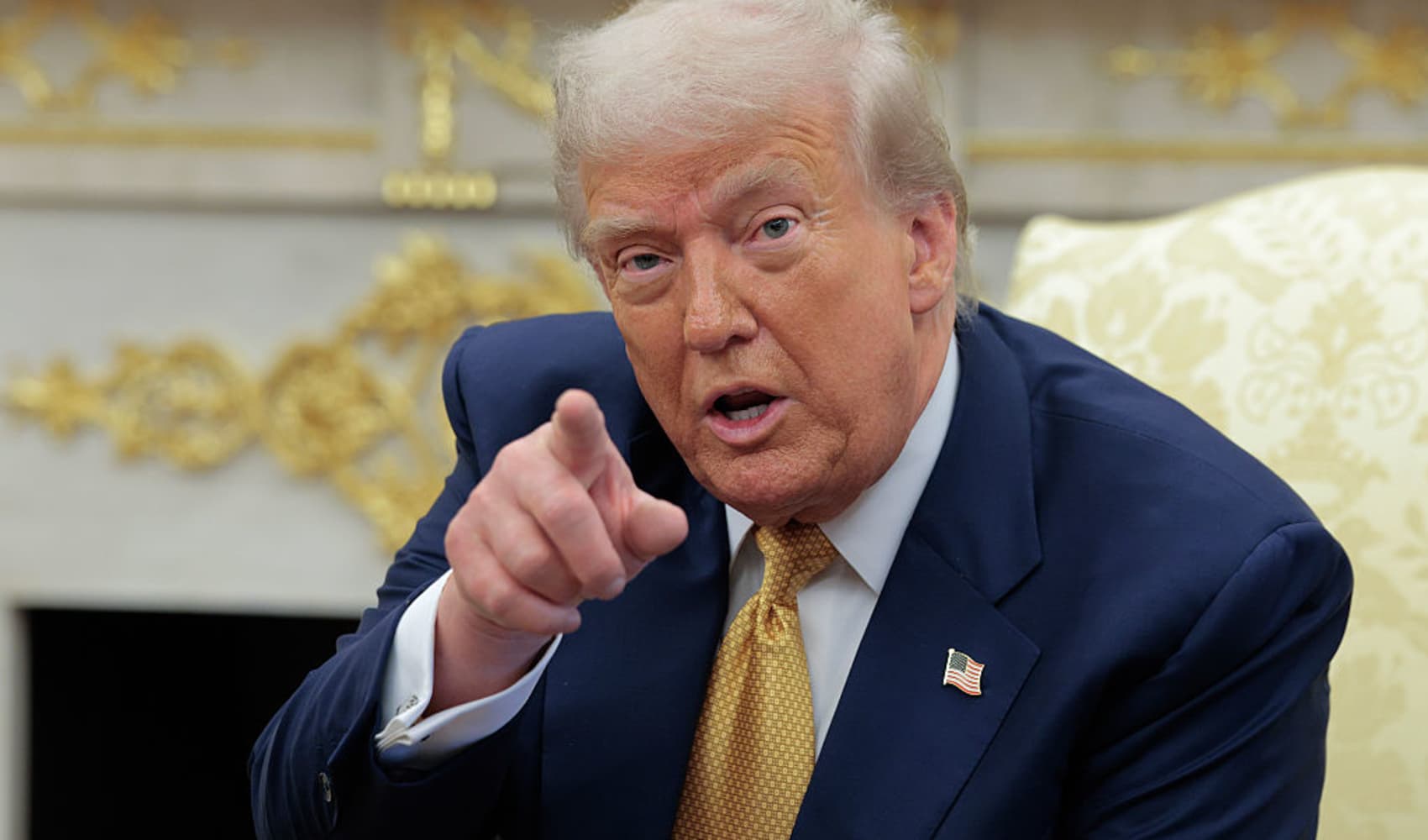As the Trump administration’s tariff deadline rapidly approaches, the global economic landscape is gripped by a profound sense of uncertainty, raising critical questions about international trade relations and market stability. This pivotal moment forces nations worldwide to re-evaluate their positions, with some having successfully navigated complex negotiations to secure preferential deals, while others remain exposed to the escalating threat of increased duties.
The economic impact of these trade tensions is already evident, particularly in key manufacturing hubs like China. Recent data reveals a continuous contraction in China’s official manufacturing PMI since April, reflecting a significant slowdown rather than expansion. Despite this concerning trend and a high-level Politburo meeting, Chinese leaders have not signaled plans for substantial new economic stimulus, further highlighting the precariousness of the situation as a fragile trade truce with the U.S. draws to a close in mid-August.
Amidst this backdrop of uncertainty, several countries have managed to forge new trade agreements with the U.S., albeit with varying degrees of success and lingering complexities. The United Kingdom, for instance, secured an early framework agreement that includes a 10% baseline tariff on its goods, along with quotas and exemptions for specific products. However, even after recent high-level discussions, certain aspects, such as tariffs on UK steel and aluminum, and the contentious digital services tax, remain unresolved, underscoring the ongoing delicate balance in trade relations.
Vietnam also crossed the line with the Trump administration, seeing its tariff rate significantly reduced from 46% to 20%. A notable provision in this agreement concerns goods transshipped through Vietnam from other countries for final shipment to the U.S., a practice Chinese manufacturers have leveraged to circumvent hefty direct tariffs. Interestingly, Vietnam reportedly anticipated a lower levy, suggesting a unilateral announcement of the 20% rate by the U.S., which adds another layer to the intricate dynamics of these newly brokered arrangements.
Beyond Europe and Southeast Asia, other key economies have also engaged in significant trade re-alignments. Indonesia has committed to eliminating tariff barriers on over 99% of U.S. products, including agricultural and energy goods, and addressing non-tariff obstacles. Similarly, the Philippines will not impose tariffs on U.S. goods, a move lauded by the U.S. President as a step towards an “OPEN MARKET.” Japan, a major Asian economy, saw its tariff rate cut to 15% from 25%, with a preferential rate for its crucial automobile sector, an agreement Trump hailed as potentially “the largest Deal ever made,” despite contentious preliminary discussions.
The European Union’s deal with the U.S., reached after extensive negotiations, now subjects EU goods to a 15% baseline tariff, half of the previously threatened 30%. While existing duties on key sectors like autos are also reduced, the agreement has faced criticism from some European leaders who view it as a form of “submission,” though EU trade officials maintain it was the optimal outcome under challenging circumstances. South Korea also faces a blanket 15% tariff on its exports, with its auto sector duties similarly lowered, accompanied by a significant investment pledge aimed at facilitating Korean companies’ entry into the U.S. market.
Conversely, the Trump administration’s approach to China has differed markedly from its dealings with other nations, focusing on a series of suspensions rather than a comprehensive deal, with “reciprocal” tariff rates fluctuating significantly. Despite a previous agreement to roll back most additional duties until mid-August, recent meetings have concluded without an extension of this truce, leaving the trade future between the world’s two largest economies highly uncertain. For countries without a finalized agreement, the prospect of even higher duties looms, potentially surpassing the initial 10% baseline tariffs.
India, for instance, has recently been subjected to a 25% tariff, coupled with an unspecified “penalty,” citing what the U.S. views as unfair trade policies and India’s military and energy purchases from other nations. This rate, while slightly lower than a previous peak, remains at the higher end of considerations. Similarly, Canada and Mexico have faced recurrent tariff impositions and threats from the U.S., often linked to issues beyond trade, such as drug flows and illegal migration, leading to ongoing, intense, but often unproductive, negotiations with looming deadlines for resolution.
Australia, currently facing the baseline 10% tariff due to its trade deficit with the U.S., could also see its duties increase if the U.S. decides to raise its general baseline rate to 15-20%. Despite not being publicly engaged in formal trade talks, Australia maintains that its existing free trade agreement and trade deficit should exempt its imports from tariffs, illustrating the varied and often unilateral nature of the tariff policies being implemented as the deadline approaches, leaving many nations in a state of flux regarding their trade futures.





Leave a Reply